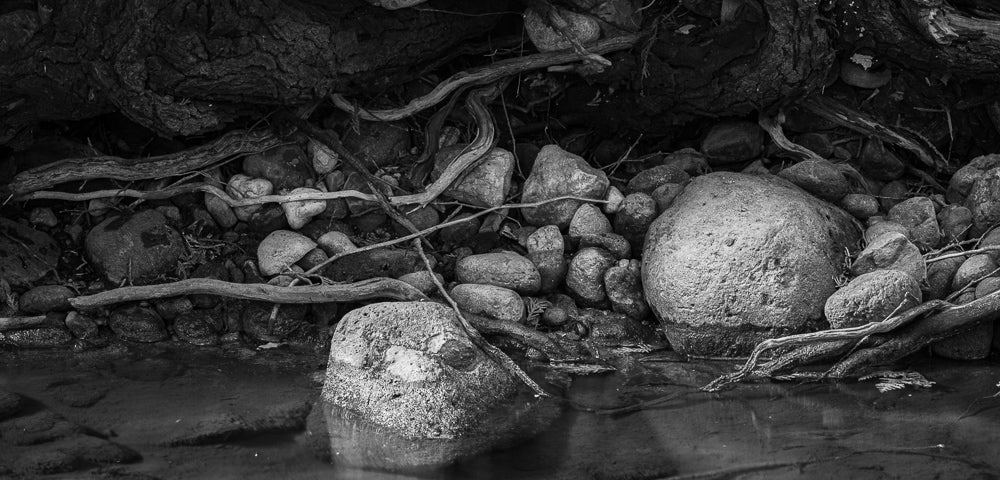A picture says a thousand words. For Water Institute member and professor in the School of Environment, Resources and Sustainability, Rob de Loë, pictures also have the ability to illuminate scientific concepts and open the door to important conversations through engaging peoples’ emotions and feelings.
“Our standard approach in the water world, when we’re trying to get people to care about something, is to hit them with the science. We use technical concepts, charts, and models,” said de Loë. “Unless they're specialists, many people are overwhelmed by that kind of presentation.”
de Loë is exploring the idea of engaging people through science-led art in order to evoke feelings from them that will, hopefully, lead to assertive action. He hopes that his photography can catalyze conversations around important water challenges that are rooted in science.

de Loë is exploring whether or not a different relationship is possible – one where art and science are on a more equal footing. He believes photography is well-suited to this approach. To illustrate how this can be accomplished, de Loë developed a project focusing on temporary streams this summer.
“Nameless streams is meant to be a body of photographs that people can engage with as art, but which reveal something about ephemeral and intermittent streams, and why they are important in forest hydrology.”
During summer and early fall, de Loë worked in the forests and wetlands near his home in Guelph, making photographs that explore and contrast the nature and characteristics of ephemeral, intermittent and permanent streams. His stunning photos reveal the important, role these tiny, temporary streams play in hydrology in southern Ontario’s forest environments.
“I think art has the ability to open doors to important conversations about water,” said de Loë. “I want people to see these nameless streams the way I do: as wonderful, important, and worth protecting.”
See more of de Loë’s work here: https://www.robdeloephotography.com/